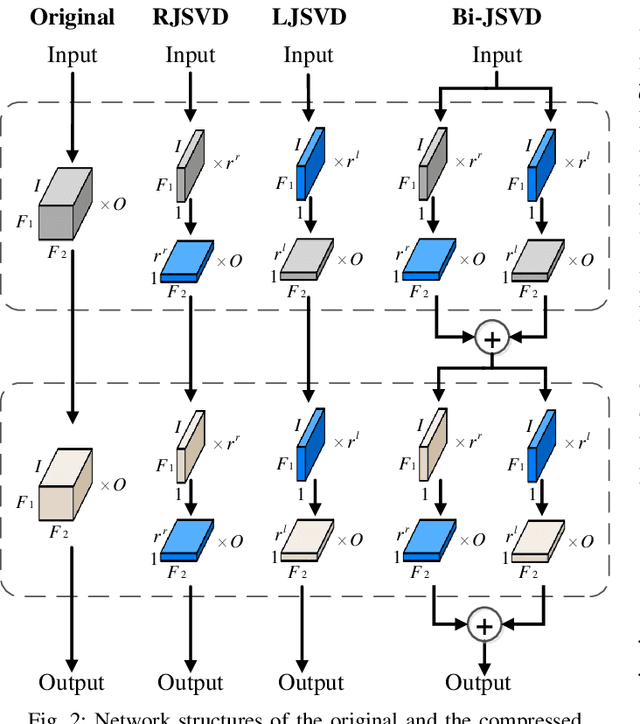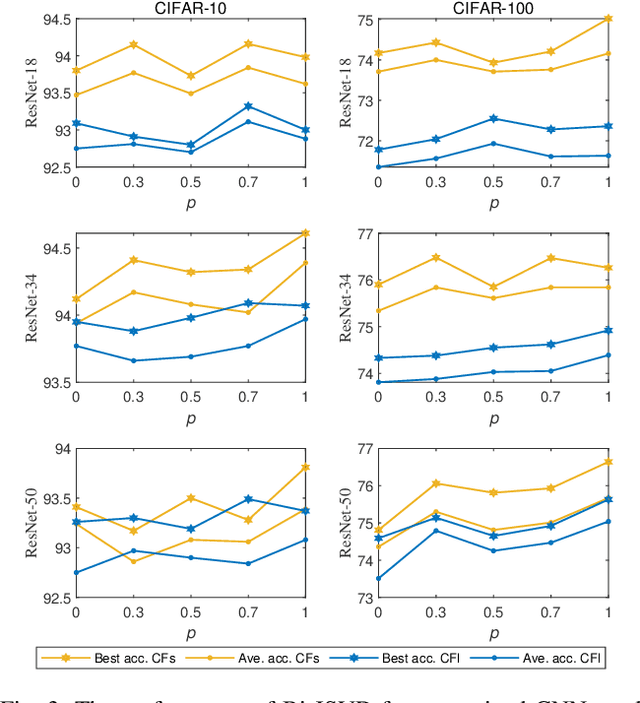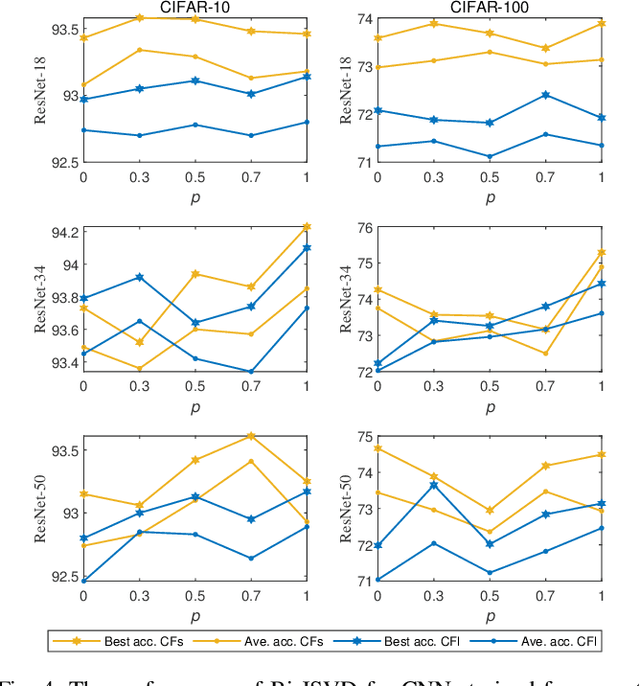Shaowu Chen
P-ROCKET: Pruning Random Convolution Kernels for Time Series Classification
Sep 15, 2023Abstract:In recent years, two time series classification models, ROCKET and MINIROCKET, have attracted much attention for their low training cost and state-of-the-art accuracy. Utilizing random 1-D convolutional kernels without training, ROCKET and MINIROCKET can rapidly extract features from time series data, allowing for the efficient fitting of linear classifiers. However, to comprehensively capture useful features, a large number of random kernels are required, which is incompatible for resource-constrained devices. Therefore, a heuristic evolutionary algorithm named S-ROCKET is devised to recognize and prune redundant kernels. Nevertheless, the inherent nature of evolutionary algorithms renders the evaluation of kernels within S-ROCKET an unacceptable time-consuming process. In this paper, diverging from S-ROCKET, which directly evaluates random kernels with nonsignificant differences, we remove kernels from a feature selection perspective by eliminating associating connections in the sequential classification layer. To this end, we start by formulating the pruning challenge as a Group Elastic Net classification problem and employ the ADMM method to arrive at a solution. Sequentially, we accelerate the aforementioned time-consuming solving process by bifurcating the $l_{2,1}$ and $l_2$ regularizations into two sequential stages and solve them separately, which ultimately forms our core algorithm, named P-ROCKET. Stage 1 of P-ROCKET employs group-wise regularization similarly to our initial ADMM-based Algorithm, but introduces dynamically varying penalties to greatly accelerate the process. To mitigate overfitting, Stage 2 of P-ROCKET implements element-wise regularization to refit a linear classifier, utilizing the retained features.
WHC: Weighted Hybrid Criterion for Filter Pruning on Convolutional Neural Networks
Feb 16, 2023



Abstract:Filter pruning has attracted increasing attention in recent years for its capacity in compressing and accelerating convolutional neural networks. Various data-independent criteria, including norm-based and relationship-based ones, were proposed to prune the most unimportant filters. However, these state-of-the-art criteria fail to fully consider the dissimilarity of filters, and thus might lead to performance degradation. In this paper, we first analyze the limitation of relationship-based criteria with examples, and then introduce a new data-independent criterion, Weighted Hybrid Criterion (WHC), to tackle the problems of both norm-based and relationship-based criteria. By taking the magnitude of each filter and the linear dependence between filters into consideration, WHC can robustly recognize the most redundant filters, which can be safely pruned without introducing severe performance degradation to networks. Extensive pruning experiments in a simple one-shot manner demonstrate the effectiveness of the proposed WHC. In particular, WHC can prune ResNet-50 on ImageNet with more than 42% of floating point operations reduced without any performance loss in top-5 accuracy.
Joint Matrix Decomposition for Deep Convolutional Neural Networks Compression
Jul 12, 2021



Abstract:Deep convolutional neural networks (CNNs) with a large number of parameters requires huge computational resources, which has limited the application of CNNs on resources constrained appliances. Decomposition-based methods, therefore, have been utilized to compress CNNs in recent years. However, since the compression factor and performance are negatively correlated, the state-of-the-art works either suffer from severe performance degradation or have limited low compression factors. To overcome these problems, unlike previous works compressing layers separately, we propose to compress CNNs and alleviate performance degradation via joint matrix decomposition. The idea is inspired by the fact that there are lots of repeated modules in CNNs, and by projecting weights with the same structures into the same subspace, networks can be further compressed and even accelerated. In particular, three joint matrix decomposition schemes are developed, and the corresponding optimization approaches based on Singular Values Decomposition are proposed. Extensive experiments are conducted across three challenging compact CNNs and 3 benchmark data sets to demonstrate the superior performance of our proposed algorithms. As a result, our methods can compress the size of ResNet-34 by 22x with slighter accuracy degradation compared with several state-of-the-art methods.
 Add to Chrome
Add to Chrome Add to Firefox
Add to Firefox Add to Edge
Add to Edge